Code
HCS22231
Weight
4 Kg / 8.82 lbs
Size
Height
33cm (13") Width
19cm (7") Depth
10cm (4") Material
Copper Gold Plated
Availability
Available
Date Added
2021-01-03 04:36:37
Note : We used to sell this product 4 years ago so it may no longer be in our stock.
It is possible that we still have it with our suppliers but the price could be different from before.
Feel free to order. We will verify availability and inform you promptly.
It is possible that we still have it with our suppliers but the price could be different from before.
Feel free to order. We will verify availability and inform you promptly.

Safe Payment
We accept Paypal, Money Transfer, Bank Transfer
Confidence
Protection covers your purchase and personal data.
Worldwide Delivery
We ship Worldwide, except Russia.Shipping cost US$25.2 for upto 0.5 kgs

Hotline
Talk to help line for your question on 9841267335Full Gold Gilded with Antique Patina.
The Nepali Statue Of Fasting Buddha, [copper Gold Plated], [antique Finishing] has full gold plated antique finishing. This finishing is a combination of fire mercury gold plating and antique finishing. This traditional technique involves the application of a genuine layer of gold onto the Nepali Statue Of Fasting Buddha, [copper Gold Plated], [antique Finishing] using the time-honored process of mercury gold plating. Skilled artisans meticulously handle the amalgamation of gold with mercury, ensuring precise application and a truly authentic result. To enhance its charm further, the Nepali Statue Of Fasting Buddha, [copper Gold Plated], [antique Finishing] undergoes an antique finishing process. This meticulous treatment adds a touch of age and character to the gold plating, creating a sense of antiquity. Through careful craftsmanship and the application of specialized techniques, the Nepali Statue Of Fasting Buddha, [copper Gold Plated], [antique Finishing] acquires a beautifully aged appearance that adds depth and uniqueness to its overall aesthetic. Read More . . .
The Nepali Statue Of Fasting Buddha, [copper Gold Plated], [antique Finishing] has full gold plated antique finishing. This finishing is a combination of fire mercury gold plating and antique finishing. This traditional technique involves the application of a genuine layer of gold onto the Nepali Statue Of Fasting Buddha, [copper Gold Plated], [antique Finishing] using the time-honored process of mercury gold plating. Skilled artisans meticulously handle the amalgamation of gold with mercury, ensuring precise application and a truly authentic result. To enhance its charm further, the Nepali Statue Of Fasting Buddha, [copper Gold Plated], [antique Finishing] undergoes an antique finishing process. This meticulous treatment adds a touch of age and character to the gold plating, creating a sense of antiquity. Through careful craftsmanship and the application of specialized techniques, the Nepali Statue Of Fasting Buddha, [copper Gold Plated], [antique Finishing] acquires a beautifully aged appearance that adds depth and uniqueness to its overall aesthetic. Read More . . .
Lost-Wax System
This Buddha of Nepali Statue Of Fasting Buddha, [copper Gold Plated], [antique Finishing] is made by the process of the Lost Wax system. This is a very complicated, time consuming and historic process of making metal sculptures.Which is why it is sometimes called Precision Casting as well. Hence the sculptures made by this process are comparatively expensive. There are many new, advanced and less time consuming methods of casting metal sculptures available as well. But due to the benefits provided by the traditional lost wax system in quality control and customization, we prefer the Loss wax system over Ceramic molding, or sand casting to make our Buddha.
Below we have tried to illustrate the process of making a loss wax system statue: Read More . . .
This Buddha of Nepali Statue Of Fasting Buddha, [copper Gold Plated], [antique Finishing] is made by the process of the Lost Wax system. This is a very complicated, time consuming and historic process of making metal sculptures.Which is why it is sometimes called Precision Casting as well. Hence the sculptures made by this process are comparatively expensive. There are many new, advanced and less time consuming methods of casting metal sculptures available as well. But due to the benefits provided by the traditional lost wax system in quality control and customization, we prefer the Loss wax system over Ceramic molding, or sand casting to make our Buddha.
Below we have tried to illustrate the process of making a loss wax system statue: Read More . . .
Brief Introduction :
In Buddhism, there are a variety of attitudes towards different forms of fasting. The Buddha is known to have practiced extreme forms of fasting which led to his emaciation and to have famously abandoned it before his great awakening. Nevertheless, different forms of fasting are practiced in various Buddhist traditions.
Fasting in early Buddhism and Theravada :Buddhist monastics have traditionally followed the prtimoka rules outlined in the various Vinayas, all of which state that one must not eat after the noon meal. Instead, Buddhist texts state that this time should be used for meditation or sutra chanting. Infringing on this rule is considered a pcittika offense that must be confessed. This is not considered fasting, but rather a simple and moderate way of eating that is said to improve one's meditation and health. During special religious observance days, devout lay people will also follow this rule.
The Buddha's Middle Path refers to avoiding extremes of indulgence and self-mortification on the one hand. Prior to attaining nirvana, Shakyamuni followed a strict austerity and fasting regime that was common among the sramana religions of the time, according to early Buddhist texts. These austerities, which he shared with five other ascetics, did not result in spiritual advancement but did cause him to become so emaciated that he could barely stand.
He attained awakening only after abandoning the practice of harsh asceticism, including extreme fasting, and instead focusing on the practice of meditation and jhana. As a result of this experience, the Buddha criticized the fasting practiced by Indian ascetics of his time, such as Jains, who believed that fasting burned off bad karma.
The Buddha's Middle Path refers to avoiding extremes of indulgence and self-mortification on the one hand. Prior to attaining nirvana, Shakyamuni followed a strict austerity and fasting regime that was common among the sramana religions of the time, according to early Buddhist texts. These austerities, which he shared with five other ascetics, did not result in spiritual advancement but did cause him to become so emaciated that he could barely stand.
He attained awakening only after abandoning the practice of harsh asceticism, including extreme fasting, and instead focusing on the practice of meditation and jhana. As a result of this experience, the Buddha criticized the fasting practiced by Indian ascetics of his time, such as Jains, who believed that fasting burned off bad karma.


![Nepali Statue Of Fasting Buddha, [copper Gold Plated], [antique Finishing]](https://handicraftseller.com/uploads/pics/product/thumb/2021/01/22231.jpg)
![Nepali Statue Of Fasting Buddha, [copper Gold Plated], [antique Finishing]](https://handicraftseller.com/uploads/pics/product/thumb/2021/01/22231_0.jpg)
![Nepali Statue Of Fasting Buddha, [copper Gold Plated], [antique Finishing]](https://handicraftseller.com/uploads/pics/product/thumb/2021/01/22231_1.jpg)
![Nepali Statue Of Fasting Buddha, [copper Gold Plated], [antique Finishing]](https://handicraftseller.com/uploads/pics/product/thumb/2021/01/22231_2.jpg)


























































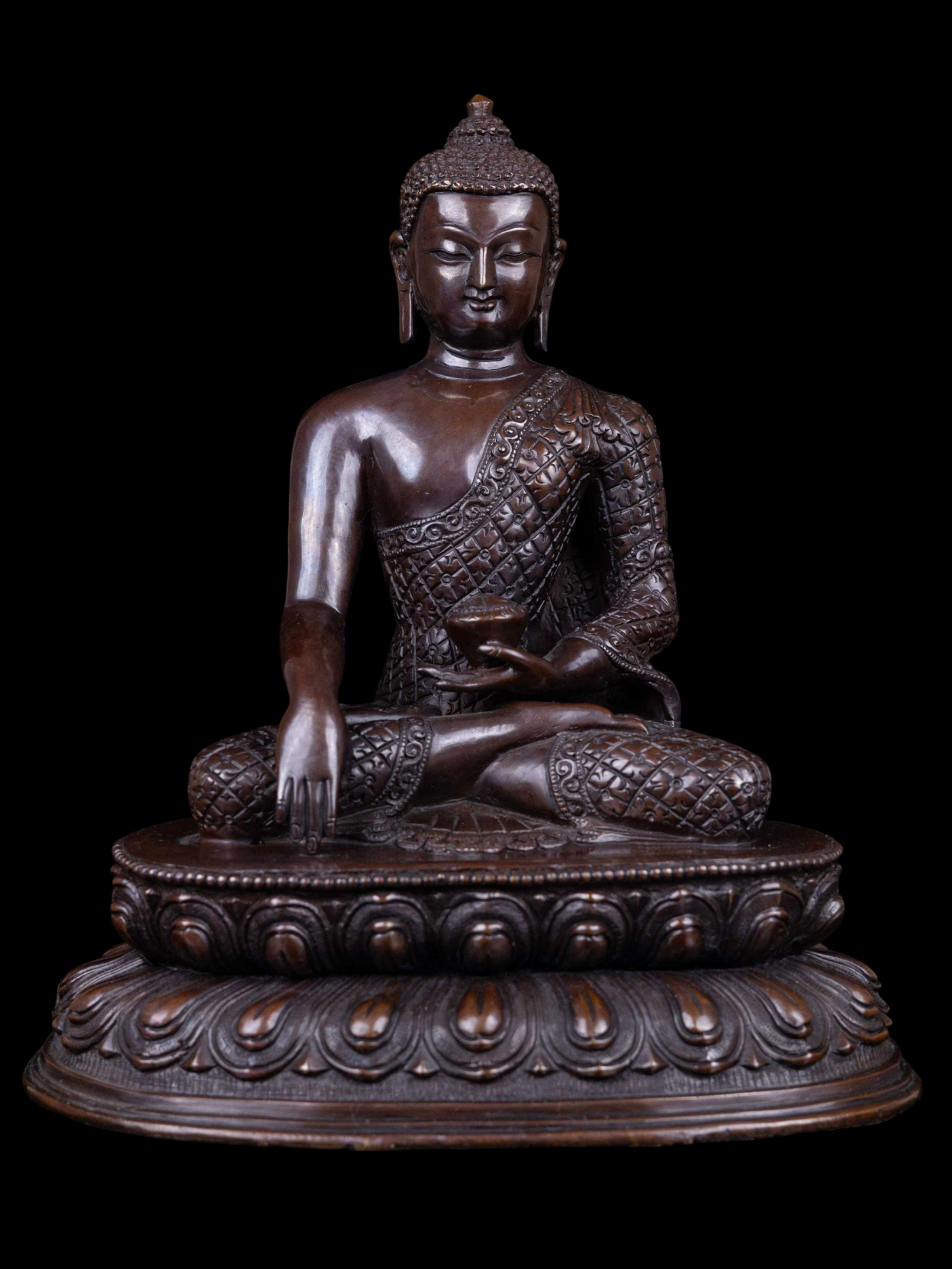 Shakyamuni Buddha, Buddhist Handmade Statue,
Shakyamuni Buddha, Buddhist Handmade Statue, 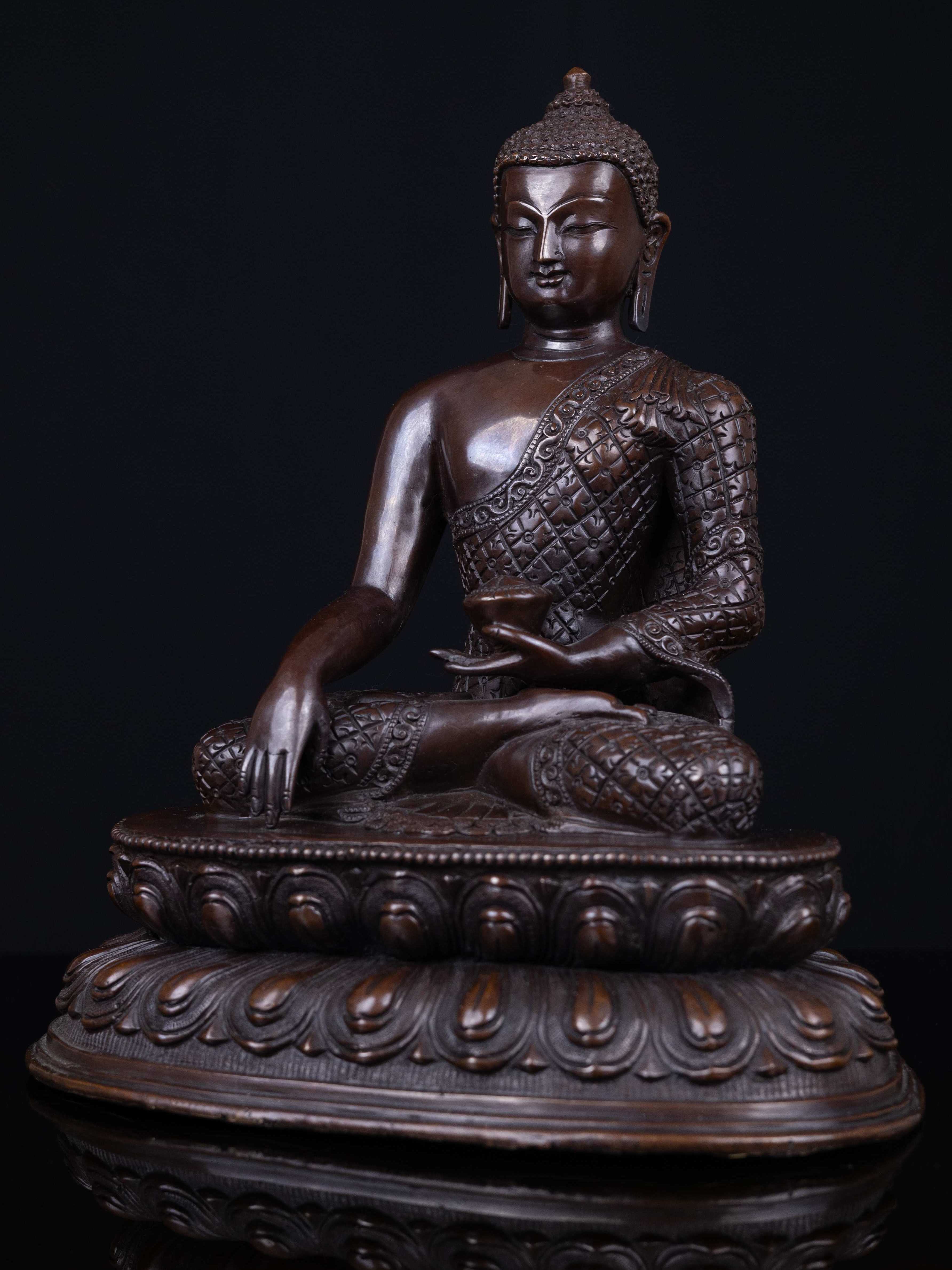 Shakyamuni Buddha, Buddhist Handmade Statue,
Shakyamuni Buddha, Buddhist Handmade Statue,  with Extra Gold On Base,
with Extra Gold On Base, 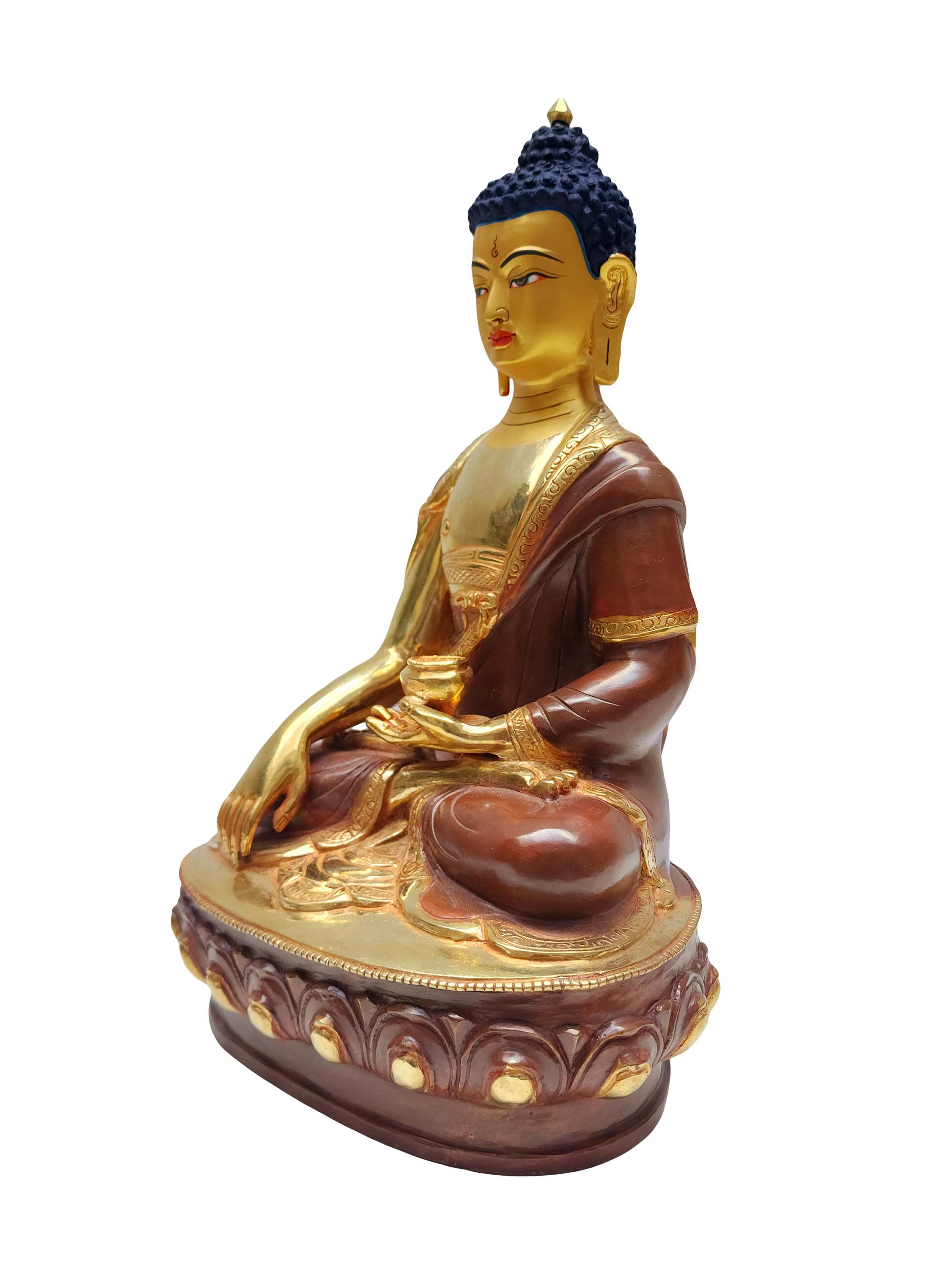 with Extra Gold On Base,
with Extra Gold On Base, 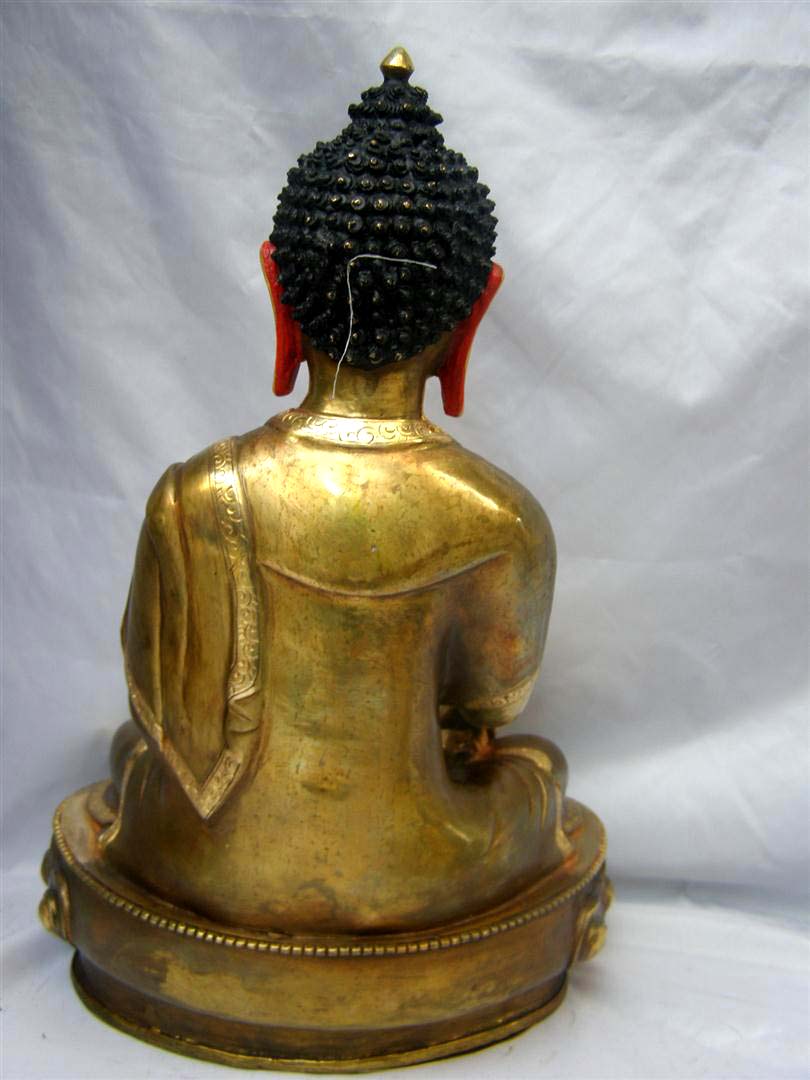 Best Price, Shakyamuni Buddha Statue,
Best Price, Shakyamuni Buddha Statue, 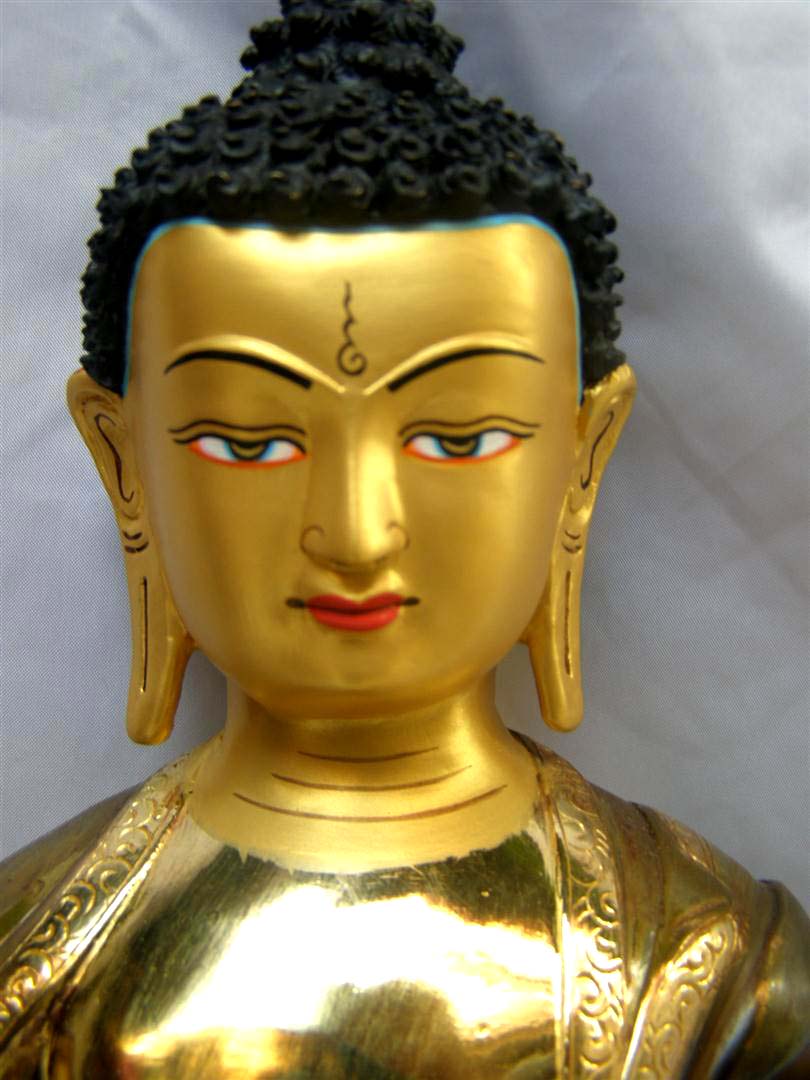 Best Price, Shakyamuni Buddha Statue,
Best Price, Shakyamuni Buddha Statue,  Shakyamuni Buddha, Buddhist Handmade Statue,
Shakyamuni Buddha, Buddhist Handmade Statue,  Shakyamuni Buddha, Buddhist Handmade Statue,
Shakyamuni Buddha, Buddhist Handmade Statue, 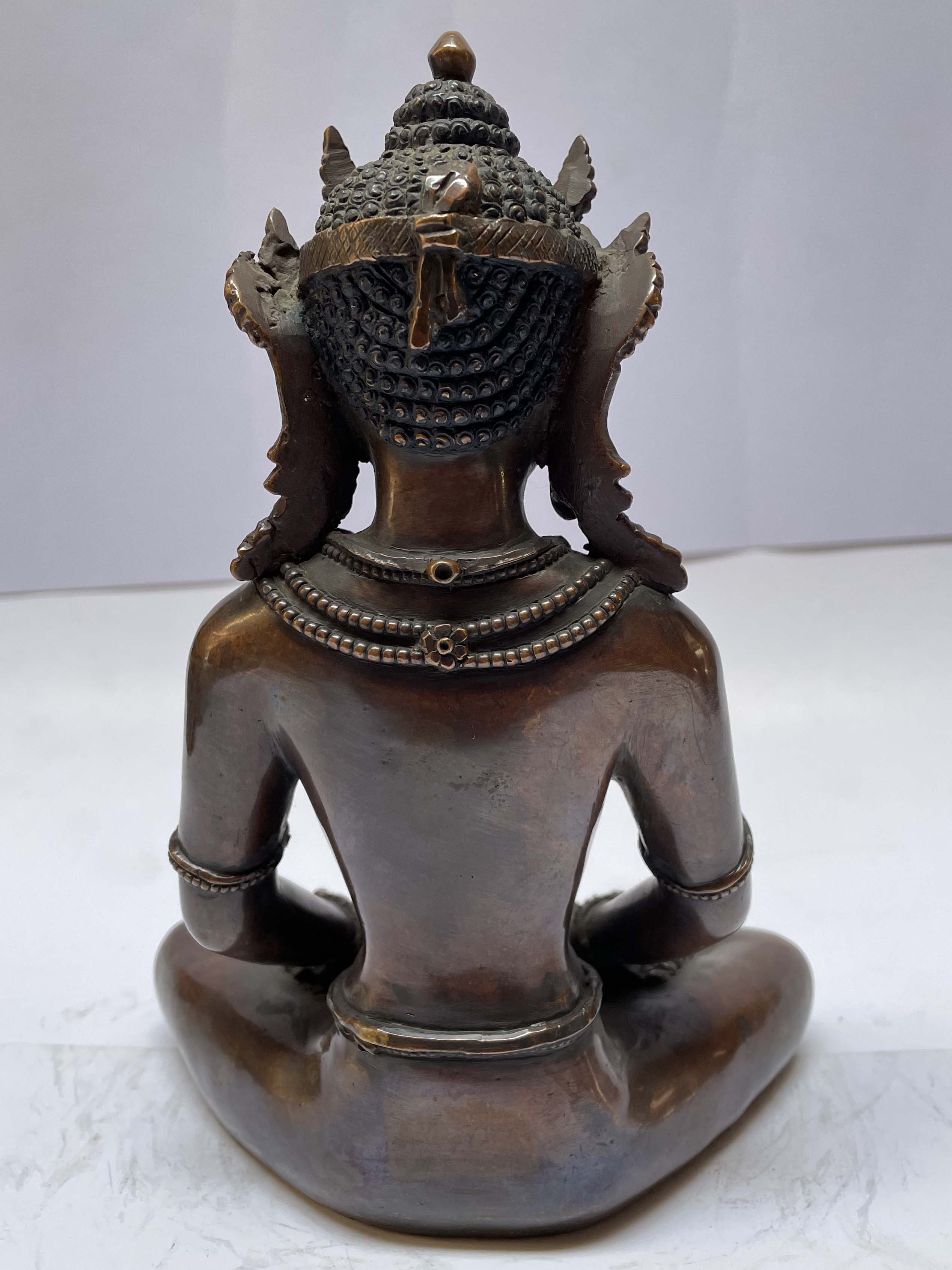 of Amitabha Buddha
of Amitabha Buddha 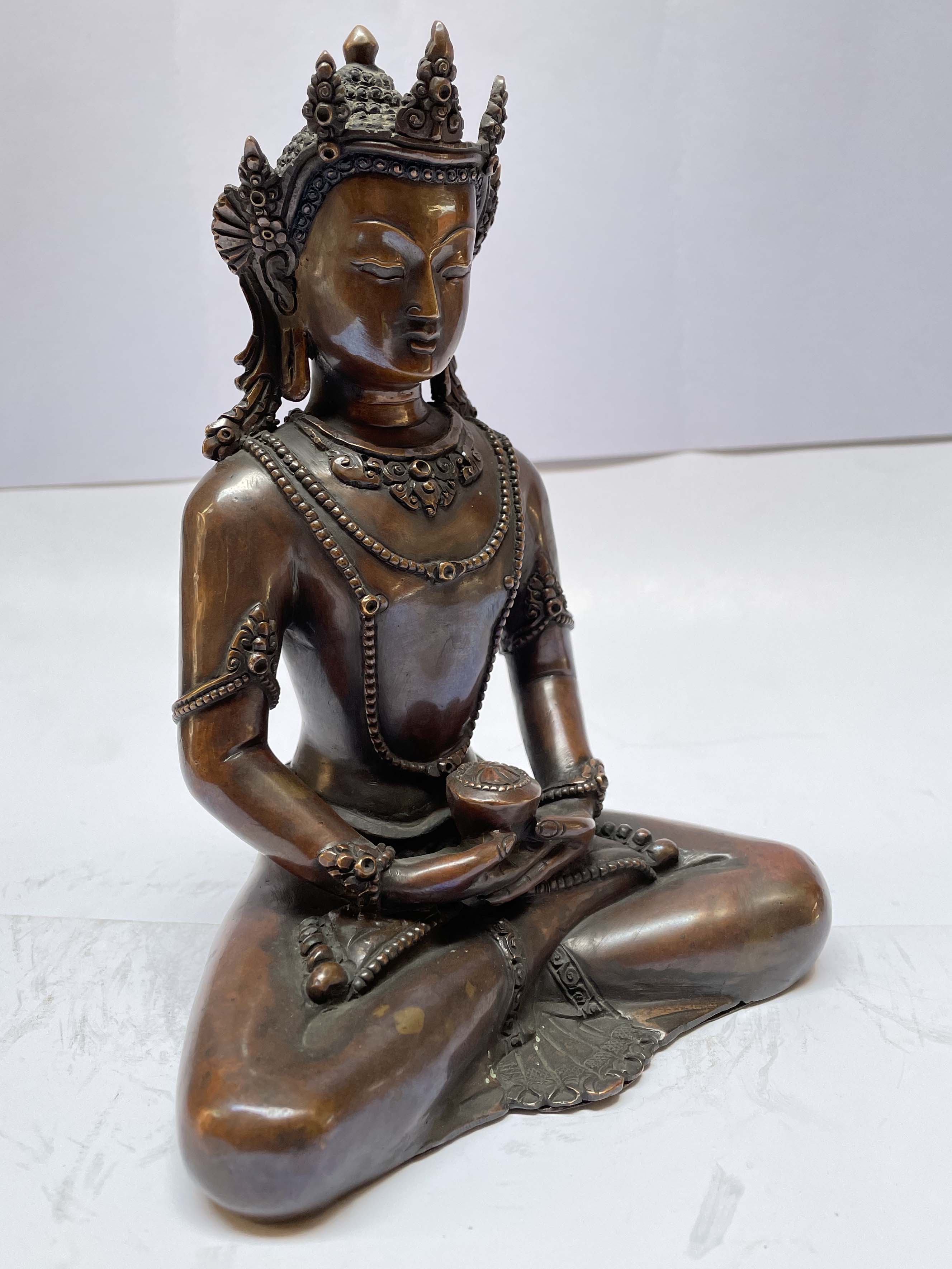 of Amitabha Buddha
of Amitabha Buddha 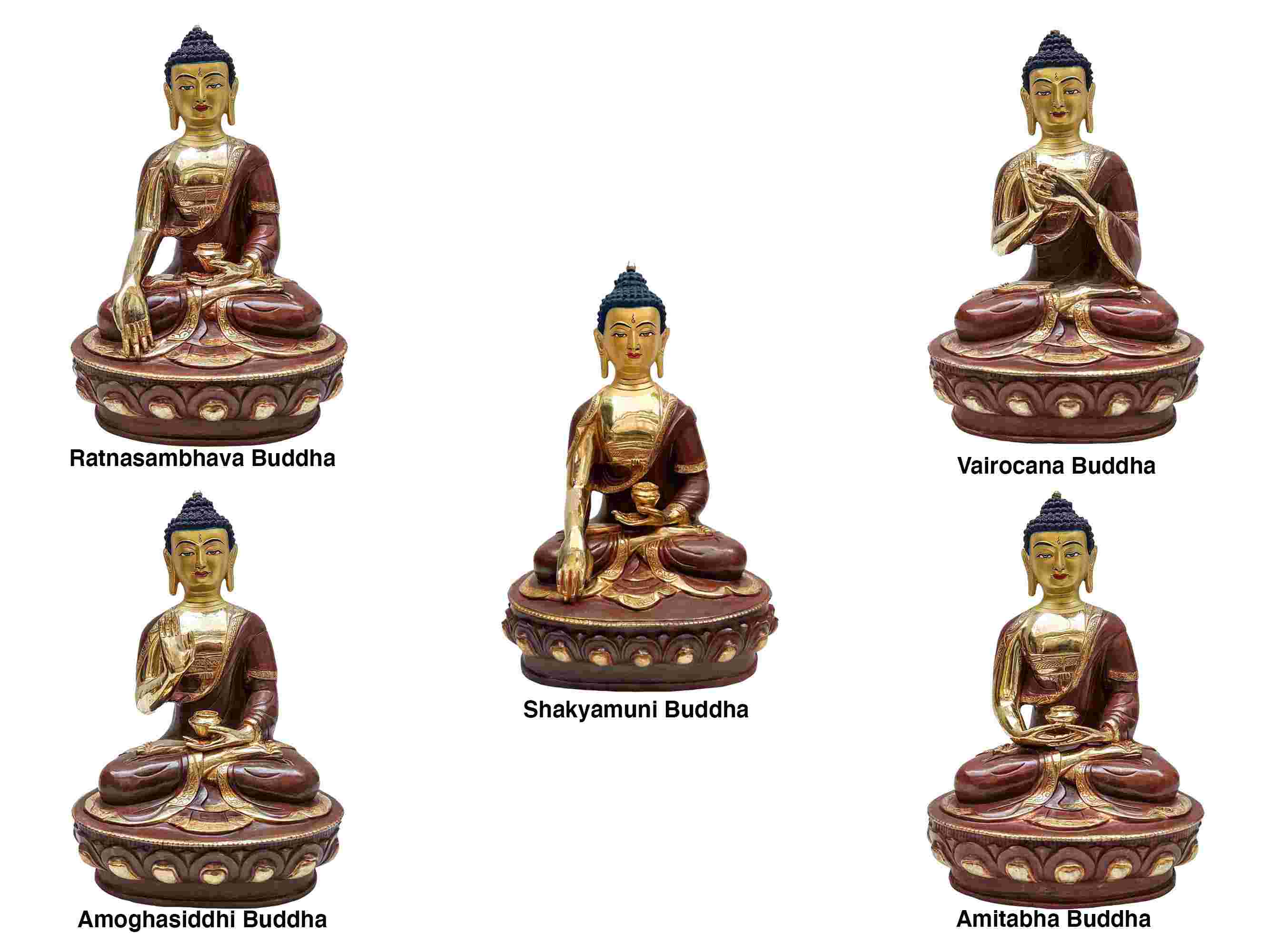 of Pancha Buddha
of Pancha Buddha 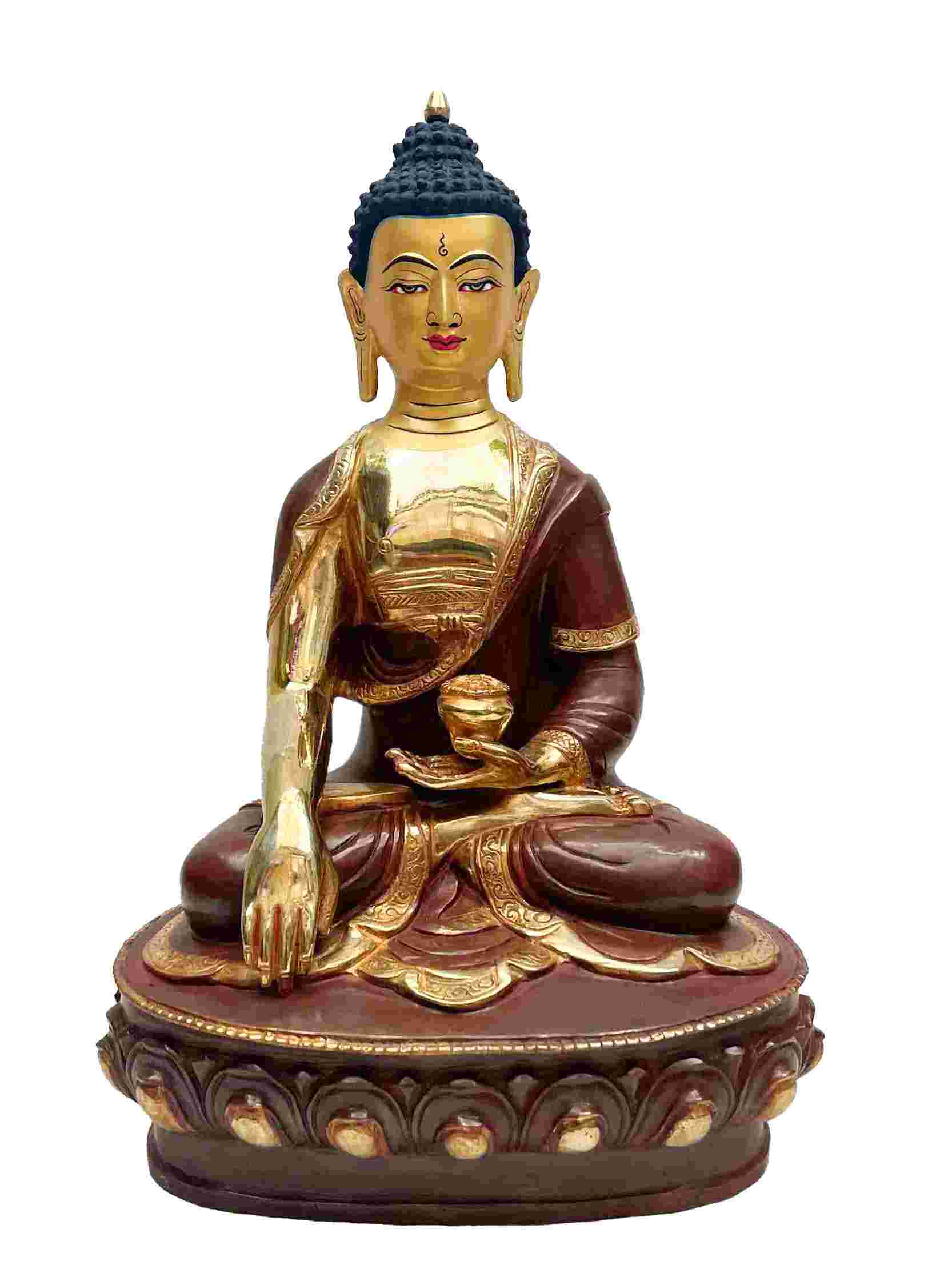 of Pancha Buddha
of Pancha Buddha  of Shakyamuni Buddha,
of Shakyamuni Buddha,  of Shakyamuni Buddha,
of Shakyamuni Buddha, 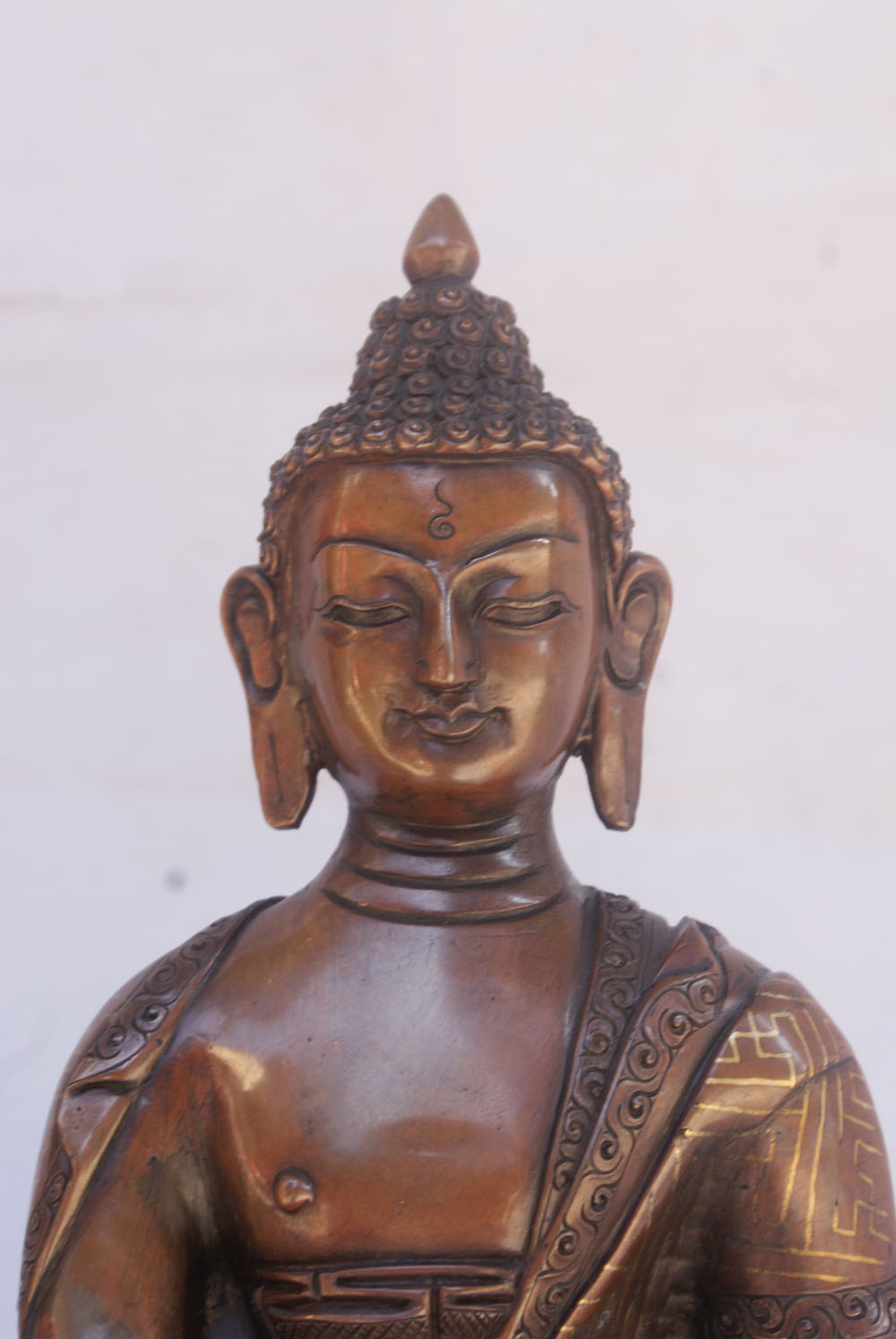 Chocolate Oxidize,
Chocolate Oxidize, 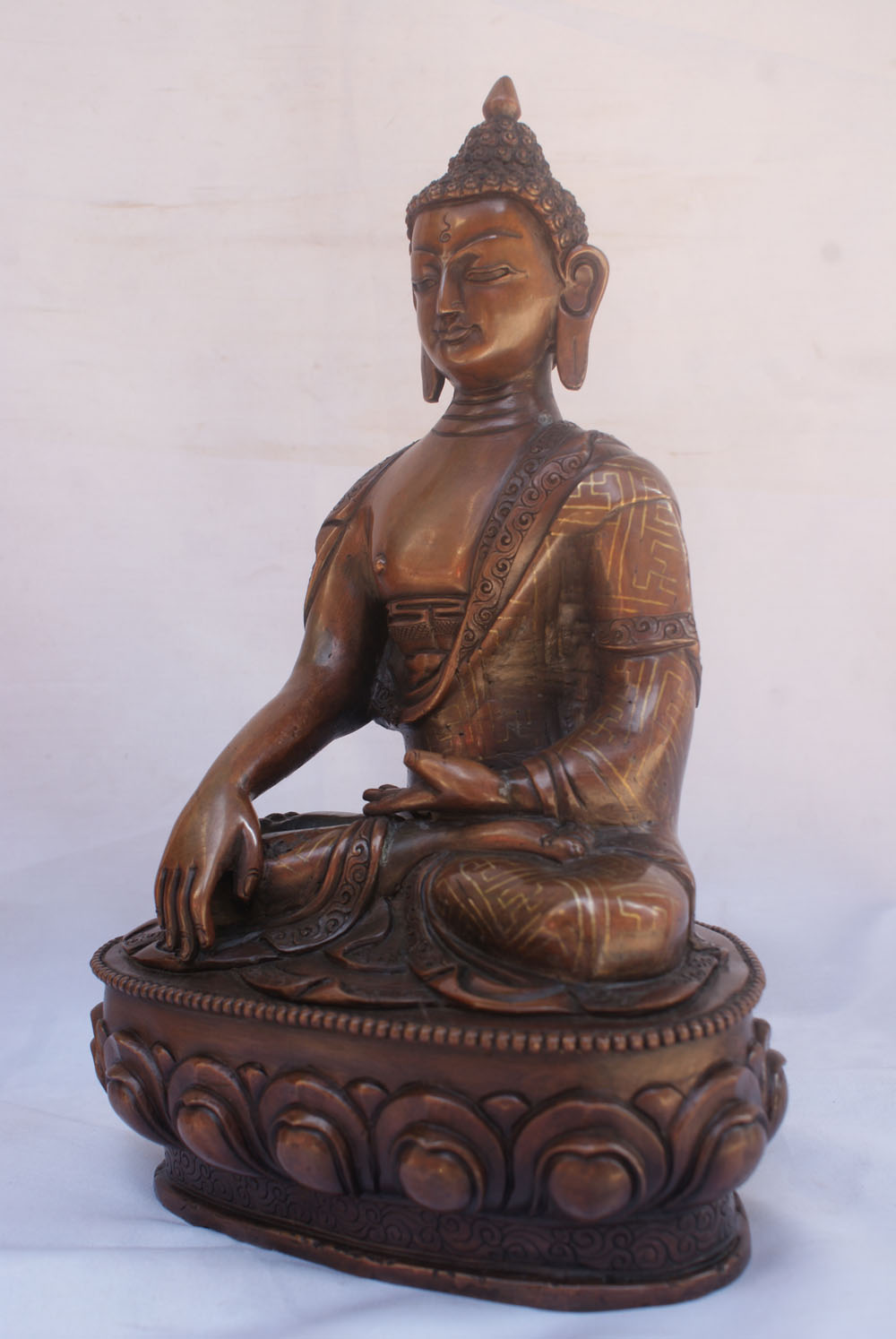 Chocolate Oxidize,
Chocolate Oxidize, 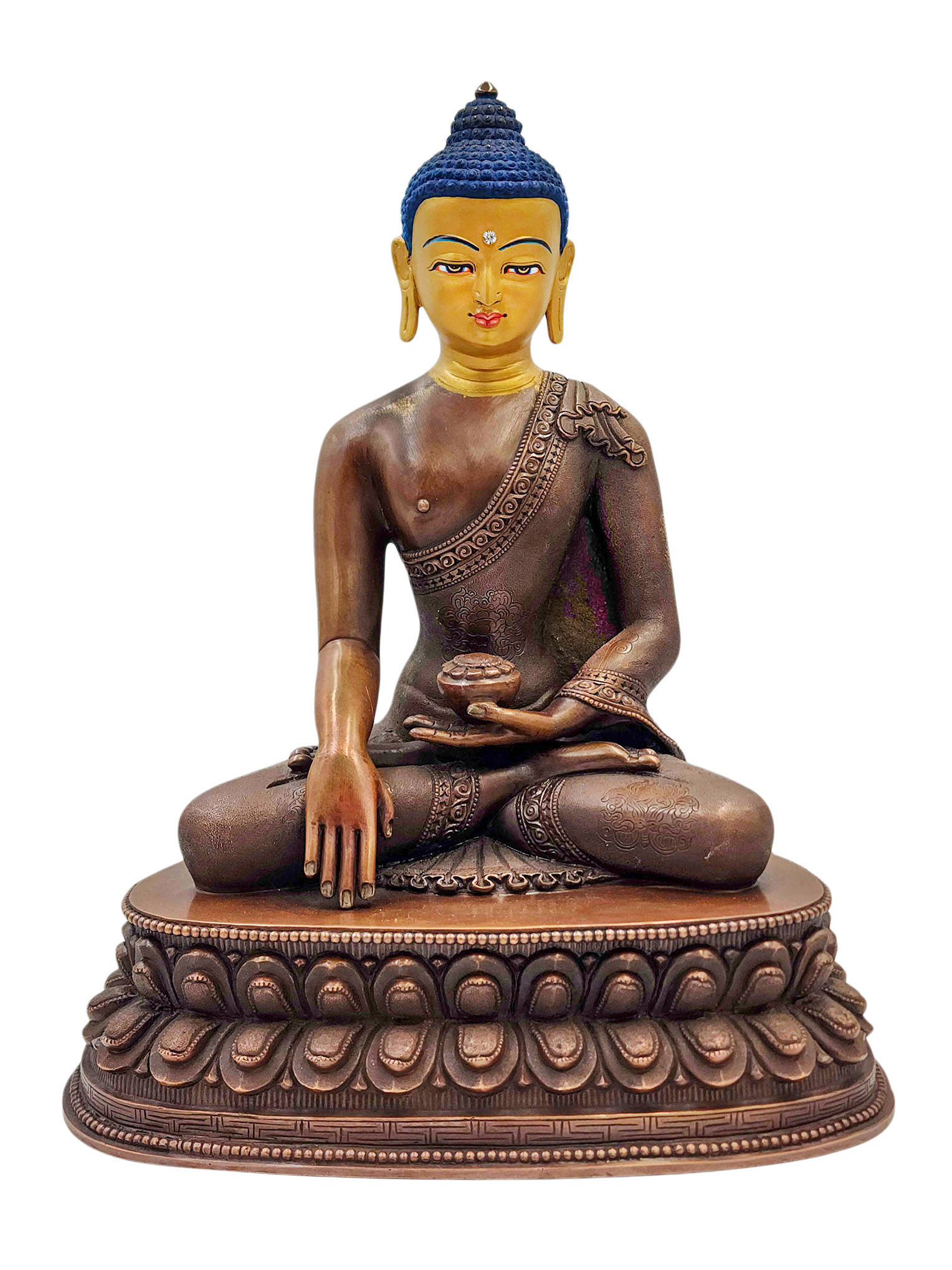 Shakyamuni Buddha, Buddhist Handmade Statue,
Shakyamuni Buddha, Buddhist Handmade Statue, 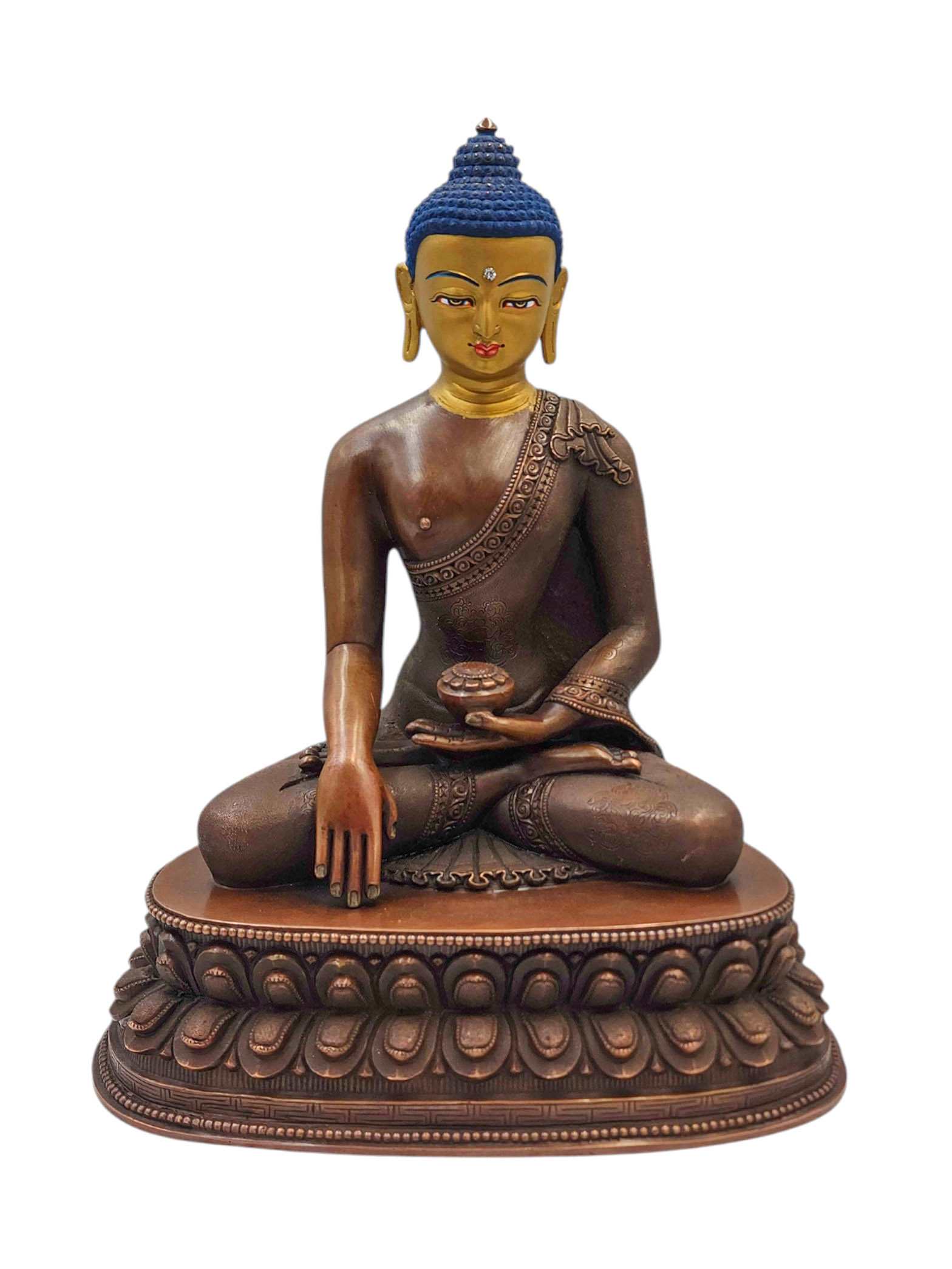 Shakyamuni Buddha, Buddhist Handmade Statue,
Shakyamuni Buddha, Buddhist Handmade Statue,  of Amitabha Buddha,
of Amitabha Buddha,  of Amitabha Buddha,
of Amitabha Buddha,